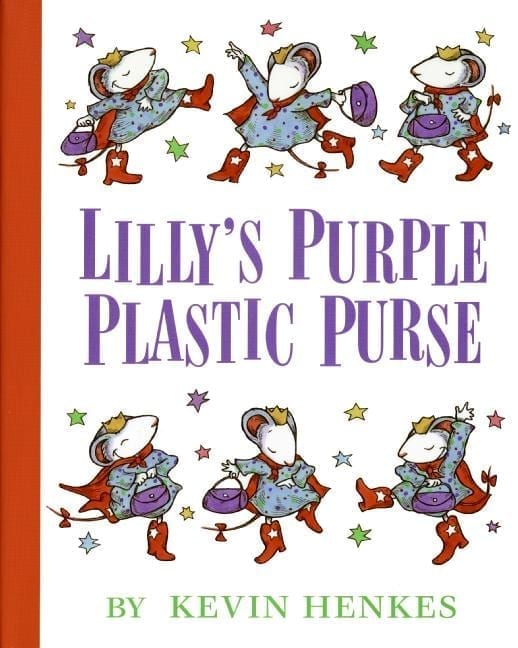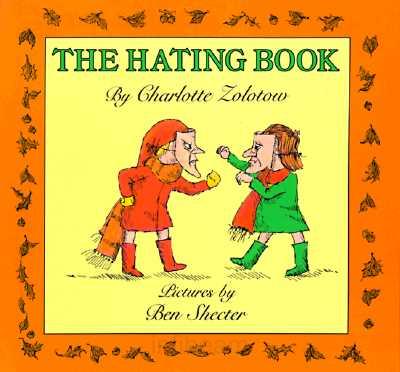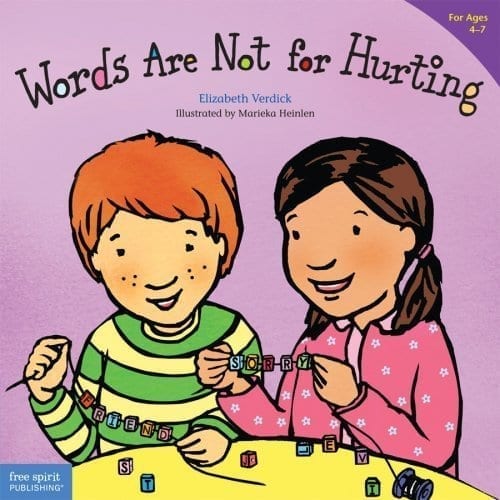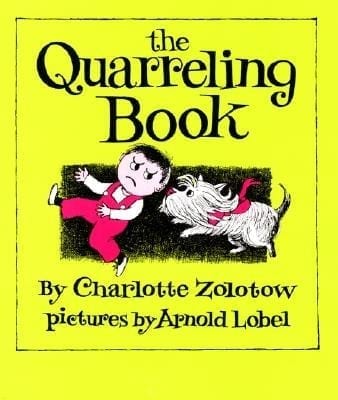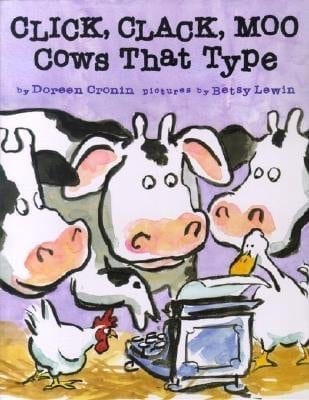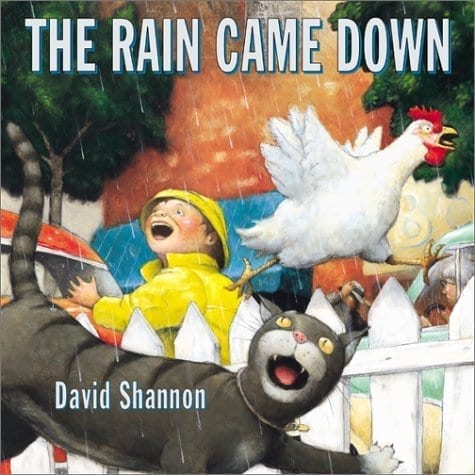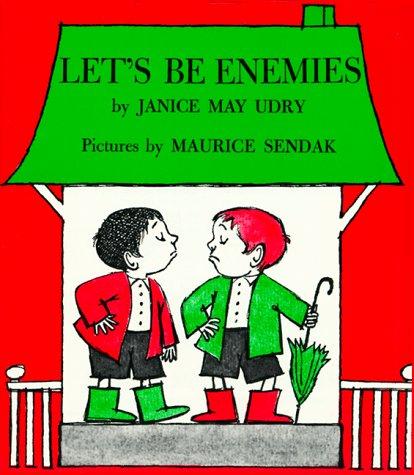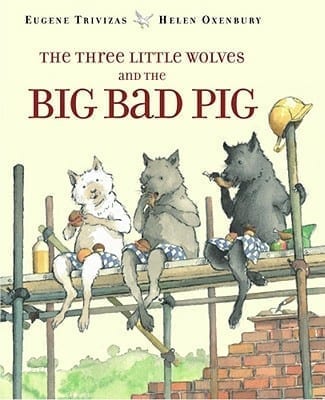“Lilly’s Purple Plastic Purse” By Kevin Henkes
Lilly the mouse idolizes her teacher Mr. Slinger, but when she comes to school flaunting three jingly quarters, movie-star glasses and a purple plastic purse, she interrupts Mr. Slinger’s lessons. After one too many disruptions, he confiscates the purse until the day’s end. Lilly, humiliated, takes revenge by slipping a mean drawing into Mr. Slinger’s book bag, only to open her purse and find a conciliatory note from her hero. In spite of Lilly’s feelings for her prized possession, she goes too far when she acts up in class. The author offers useful, timeless advice for apologizing to a friend and resolving a conflict. This story is a sympathetic and wise treatment of negative defense mechanisms.
“The Hating Book” By Charlotte Zolotow
“I hate, hate, hate my friend. When I moved over in the school bus, she sat somewhere else. When her point broke in arithmetic and I passed her my pencil, she took Peter’s instead. ‘Ask her,’ my mother said. ‘Ask your friend why.’” But what if her friend answers that she’s ugly and dumb and was never much fun to play with anyway? Still—until the little girl talks to her friend, things will never be right again. This book is great for discussing conflict resolution and anger management, especially with young children. It is also good at illustrating the importance of communication and could be used with climbing out when discussing what is a good friend.
“Words are not for Hurting” By Elizabeth Verdick
This cheerful, instructive title highlights the power of words. The focus is on children taking personal responsibility for what they say, as well as thinking before speaking. Communication skills that promote friendship and other key social skills are encouraged. Bright, colorful illustrations convey the messages well via body language and facial expression. Examples expose the negative impact caused by the use of hurtful words and the effective use of the simple, powerful phrase, “I’m sorry.” Also included are steps for adults and children to take to get help with a serious problem, such as abuse.
(Also by Elizabeth Verdick: “Feet are not For Kicking” and “Teeth are not for Biting.” These books help young children to discuss and explain defense mechanisms and appropriate behavior.)
“The Quarreling Book” By Charlotte Zolotow
Gruffness and anger is passed along from person to person until a little dog starts a chain of happiness that reverses the trend. This is a pleasant picture book that helps children understand how we all “pass on” our feelings, for good or ill, to the people around us. It can lead to a discussion of specific strategies for emotionally healthy ways to deal with bad feelings by choosing positive defense mechanisms. Most importantly, it reminds everyone that their grumpiness toward others only spurs on more bad feelings, but, thankfully, a little kindness goes a long way, too.
“Click, Clack, Moo: Cows That Type” By Doreen Cronin
Farmer Brown’s cows find a typewriter and type out a demand letter for electric blankets, leading to a comical negotiation to end a milk strike. The illustrations are charming and funny (I especially love the expressions on the cows’ faces as they wait for Farmer Brown to respond to their notes), and the droll text is just simple enough, with just enough repetition, to keep the younger set hooked. This story is a good introduction to the concept of “dispute resolution” and underdogs everywhere will cheer for the clever critters that calmly and politely stand up for their rights, while their human caretaker becomes more and more unglued. This hilarious tale will give young rebels-in-the-making a taste of the power of peaceful protest and the satisfaction of cooperative give and take.
“The Rain Came Down” By David Shannon
Raindrops set off a chain reaction of temper tantrums, but a sudden break in the clouds makes the bad moods melt. A series of isolated vignettes begins with a noisy, muddy dog that aggravates its owner, so “the man yelled at the dog and woke up the baby…. The dog barked louder. And still, the rain came down.” One by one, shop owners collide with pedestrians as tension accumulates, all to the refrain, “And still, the rain came down.” But in the next moment, “The rain stopped! And so did the noise.” The sunshine changes everything, and a second sequence of highly detailed paintings revisits each of the now-cooperative characters ending with a picture of a quiet afternoon picnic. It shows how our actions, good or bad, can have a chain reaction.
“Let’s Be Enemies” By Janice May Udry, pictures by Maurice Sendak
“James used to be my friend. But today he is my enemy.” James and John are best friends – or at least they used to be. They shared pretzels, umbrellas, and even chicken pox. Now James always wants to be boss, and John doesn’t want to be friends anymore. But when he goes to James’s house to tell him so, something unexpected happens. This is a good book for young children to discuss conflict resolution.
“The Three Little Wolves and the Big Bad Pig”By Eugene Trivizas & Helen Oxenbury
“Once upon a time, there were three cuddly little wolves with soft fur and fluffy tails…” They go out into the world to build a house for themselves, only to be menaced by a big bad pig. In a clever switch on the familiar counterparts, these sweet-faced innocents use brick, concrete, and steel constructions, but their nemesis is not called big and bad for nothing. With sledgehammer, pneumatic drill, and dynamite, the pig wrecks each structure. “Something must be wrong with our building materials,” the wolves muse. The wolves finally try a different approach and their creative problem solving is a success. Their final house is built from flowers, insubstantial yet beautiful. It is their lovely scent that causes the pig to change his nasty ways and all live together as friends happily ever after. It is a positive defense mechanism that doesn’t hurt anyone that ultimately leads to peace.
